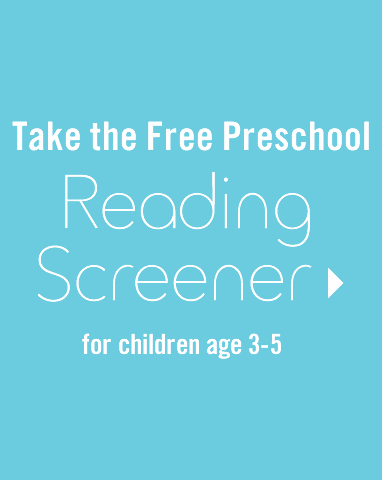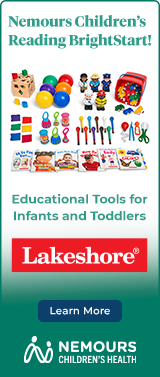During your baby’s first few months, she is learning how to focus her vision and attend to herself and others. You can support this important developmental stage by incorporating face-to-face social routines when your baby shows interest in herself or you!
The interaction between an infant and those adults closest to her is essential for the natural development of communication and language. You can increase blossoming communication development by adapting your behaviors to the “rhythm” of your infant’s needs.
In these first few months of life, your baby will begin to have more control of his grasp and will make an effort to hold onto objects and toys. Here are some ideas to help your little one develop better strength and fine motor control.
During their first year, babies begin to understand spoken words before they actually utter their first true word. Simple repetitive songs and rhymes can be introduced as soon as birth to help your baby sustain and expand her interest in listening to speech sounds.
During this phase of development, babies begin to learn that the pictures in a book represent sound and word meaning. The beautifully photographed baby faces in this board book will delight little ones as they look at, touch and share the meaning of each smiling face.
During this phase of development, babies respond well to simple pictures. This special board book version from Eric Hill’s adventures of Spot the puppy contains a brightly colored object that will attract your baby’s attention.
Interactions between parents and children provide the main opportunities for small children to learn about the world around them. But just how important is it to talk to babies before they even understand what you are saying?
Peek-a-Boo! is a book from the BabyFaces series that is a perfect board book for your infant. Your baby will enjoy looking at the amusing photographs of infants and maybe even imitating their facial expressions!
You can foster the development of your baby’s hand grasp by placing an infant rattle or soft toy in the palm of her hand and letting her close her fingers around the object.
As adults, we speak differently to infants than we do to older children. By talking to your infant using these speech features and creating opportunities for social interaction, your infant will be well on his way to developing language.








